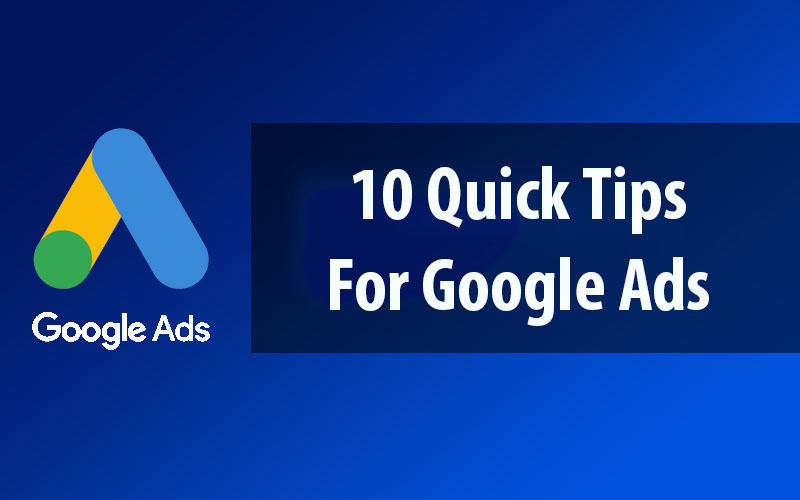We understand that this popular Google Ads is a pay-per-click (PPC) advertising system on Google’s search engine results pages (SERPs). Campaigns, which are used to organize groups of similar ads, can be created. One or more campaigns can be active in your Google Ads account at the same time.
Then, for each campaign, multiple ad groups house your keywords, ad text, and landing pages. The benefit of organizing your Ads account with campaigns is that you can target different audiences (for better personalization), be more deliberate with your bidding, and even run different tests without affecting your primary campaigns.
Assume your company sells two different products. One is a more profitable opportunity, while the other is less important to your company’s goals but still necessitates some investment. By running separate campaigns for each of these products, you can devote more of your budget to bidding on the more lucrative product without the less lucrative one eating up your entire budget.
Sign Up For a Google Ads Account
Before you can do anything, you must first go to the Google Ads website and create an account.
When you sign up for a Google Ads account, Google will walk you through the process of creating your first campaign, so have your financial information ready. Google charges a fee for each click, so your banking information is required during the setup process.
There’s no need to be concerned about being charged for ad spend as you begin using Google Ads and creating your first campaign. Once you’ve completed the registration process, you can always turn it off.
Set Your Campaign Objectives
The Google interface will prompt you to choose a goal type from the three options listed below:
- Increase the number of phone calls • Increase the number of website sales or signups
- Increase the number of people who visit your physical location.
This goal will be linked to your advertising Google Ad campaign, so select the one that best represents the results you want to see.
Complete the “Describe Your Business” Section
Google will then prompt you to enter your business name and website as important information that “describes your business.” This information is used to help predict your audience and is also used for the actual ad’s creation.
Designate Your Geographic Area
If you are an online shop, you may be less concerned about geographic constraints. It’s still not a bad idea to consider where, exactly, the majority of your audience lives. If you don’t know, you may want to back up a step and consider your buyer personas first. Why spend money advertising to people in the Midwest if the bulk of your customers lives in the Northeast?
If your company serves international buyers, you can also reach out to other countries. Just make sure you’re ready for any buyers who come your way as a result of your advertisements. If you’re not careful, you could end up paying a lot of money for visitors who can’t make a purchase.
Create Keyword Themes
Google will generate various themes based on the content of your website. As a starting point for your campaign, you can modify your keywords based on their suggestions.
When selecting keywords for which you want your ad to appear, keep in mind that you will be competing against many other companies for the same audience. Consider the keywords that will reach out to people who are ready to buy.
Create Your Ad
Headline
Begin with a great headline that incorporates search terms relevant to your niche. Because Google divides the headline into three sections of 30 characters each, make every character count. You may even need to use abbreviations, or look for shorter synonyms.
Description
Following the headline, you have 90 characters for the first description. Use this area to highlight any advantages.
Destination URL this is where you can specify where clicks on your ad will take you. Simply select the page you want them to visit and paste the URL into the field.
Determine Your Advertising Budget
You can set the bids for clicks manually, giving you more control. This also means that your ads will stop appearing once your budget has been depleted. That means you won’t get hit with a surprise bill later on.
Nothing is stopping you from getting started with the many benefits that PPC has to offer now that you know how to set up and cancel Google Ads campaigns.

